SuzukiGS750EZ
No longer a newbie, moving up!
- Joined
- Oct 5, 2016
- Messages
- 728
- Reaction score
- 145
- Location
- Connecticut
- Can others edit my Photos
- Photos OK to edit
My first "good" moon shot. I don't know much about astrophotography but i tried my best!
 Full Moon by Christopher Wilson, on Flickr
Full Moon by Christopher Wilson, on Flickr
 Full Moon by Christopher Wilson, on Flickr
Full Moon by Christopher Wilson, on Flickr

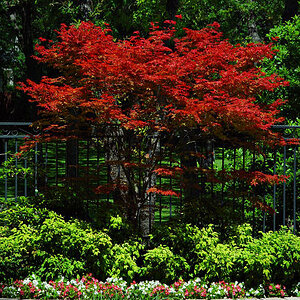
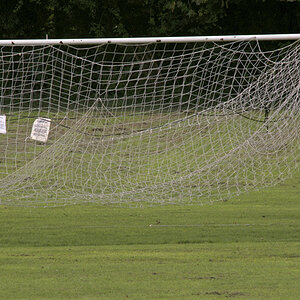

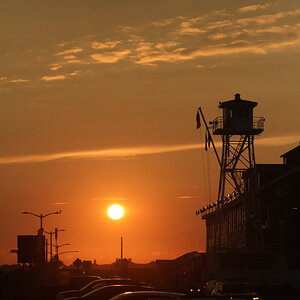

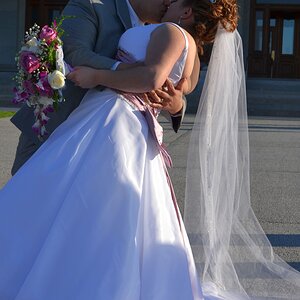

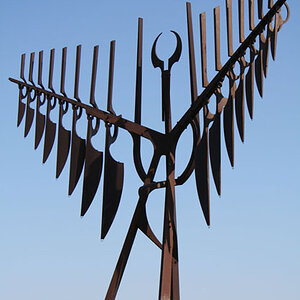
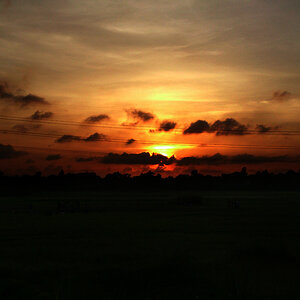

![[No title]](/data/xfmg/thumbnail/36/36134-64e77d33cc4c68e1253adc2879f24a96.jpg?1619737387)
